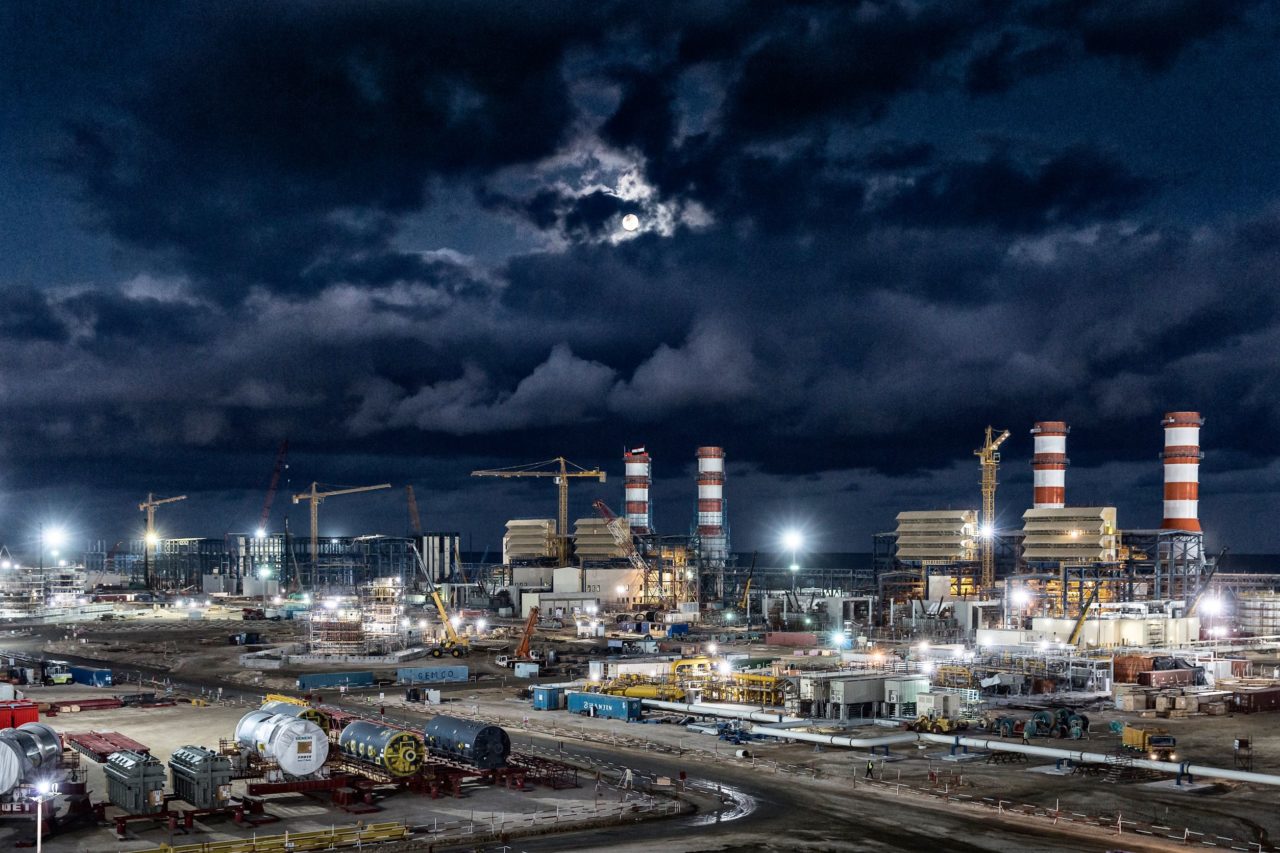With fast-changing energy markets at stake, AI is helping cities across the globe stay lit.
Siemens Energy is putting NVIDIA Triton Inference Server into play to use AI to assist in solving power plant management concerns regarding predictive service worldwide.
The energy giant joins Microsoft, American Express, USPS and many others relying on deep learning from Triton, open-source software for taking AI into production by simplifying how models run in any framework and on any GPU or CPU for all inference types.
Siemens Energy, a leading supplier of power plant equipment and technologies, has a massive portfolio of machines and sites to service — it literally helps keep the lights on around the world. Its installed base numbers tens of thousands of Siemens gas turbines, steam turbines, generators, gas and diesel engines, a staggering number of moving parts to manage.
Adding to the complexity, an increased mix of renewables on the grid is pressuring power plants everywhere to operate more flexibly and efficiently with the help of AI.
“Nowadays, a lot of these combined power plants are needed for grid stability, so some are offline for quite a while and then brought online when you need stability on the grid,” said Arik Ott, product manager at Siemens Energy AG.
Autonomous Power Plants
To boost efficiency for its energy partners, Siemens Energy is tapping NVIDIA Triton for AI to deliver a path to autonomous power plants, reducing costs along the way.
This is no easy task. Today, hundreds of inspection types are performed by human walk-throughs, requiring domain expertise. And many power plants are no longer in always-on mode and don’t need full staffing at all times, creating concerns over the costs of operating them and the need for remote management.
Also, Europe has an aging workforce, and it’s expected that many will retire over the next decade and it will be difficult to backfill those with the right skills, says Ott.
The Center for Global Development estimates there will be 95 million fewer working-age people in Europe in 2050 compared with in 2015.
“We want technology to bridge the know-how gap for whenever we don’t have access to all of the people we need,” Ott said.
Siemens Energy supports a wide variety of machine learning from images of scenarios taken with onsite cameras and other sensors for data used in analytics. As a result, it requires a highly scalable inference solution — for handling millions of sensors — able to work with multiple frameworks and massive input streams.
Siemens Energy selected Triton for inferencing because of its ability to meet the multi-framework and multi-model requirements. Data scientists can now choose their framework of choice — such as PyTorch, TensorFlow, ONNX and others — for different models and inputs like images, videos and sounds.
Siemens Energy runs NVIDIA Triton on AWS for scale and multi-tenancy with plans to run at the edge where data cannot be moved out of the powerplants.
“The flexibility of NVIDIA Triton Inference Server is enabling highly complicated power plants, often equipped with cameras and sensors but with legacy software systems, to join the autonomous industrial revolution taking place,” said Ott.
AI for Industrial Efficiencies
AI for any kind of power generating unit improves business continuity — it keeps things running — and can lower costs.
That’s important for energy providers, as an influx of renewable energy sources on the grid means that power plants not operating full time to supply power are creating over-staffing issues. If sites aren’t online, remote management and centralized dispatch of service employees to them can rein in costs.
Today, however, onsite personnel conduct over 360 unique activities during walkthrough inspections of power plants. Meanwhile, workforce shortages are a concern and are expected to increase for geographies with declining populations and aging workforces, affecting these mission-critical operations. Also, COVID-19 has revealed the need in preparation by power plants on worker shortages for such black swan events.
It’s an ideal fit for sensors with AI to fill in or augment physical inspections by providing around-the-clock remote monitoring. Also, the provided analytics offer automated real-time monitoring as well as the ability for power plants to assign levels of autonomy in controlling facilities with AI.
“We needed a solution where we are able to host the models for the different kinds of analytics with the ability to scale without changing the hosting solution,” said Sanjukta Ghosh, a solutions architect for automatic visual inspections at Siemens AG.
AI to Reduce Problems
Power plants currently require extensive monitoring for both efficiency and safety. Liquid, steam or oil leakages left unnoticed can be catastrophic and cost millions of dollars.
Siemens Energy trained models with thousands of images for each of its various scenarios. Different locations and different lighting conditions required minor transfer learning to enable the models to work.
Noises can be monitored as well. Siemens Energy is beginning development on models to handle audio data.
Model ensembles enabled by Triton allow for additional pre-processing, such as person anonymization, of the images.
Triton Inference Server Flexibility
Triton offers the flexibility to handle these scenarios and many others. For example, it enables the use of multiple models that could apply to different situations.
A steam leakage model trained on indoor photos can run while another is tuned for outdoor images of steam leaks, according to the company.
Triton makes it easy to deploy on the cloud or the edge. That’s helpful for instances where data can’t be moved out of the power plants and on-premises or edge analytics is required.
To learn more, Siemens Energy is scheduled to speak on a panel at NVIDIA GTC.
Discover how AI is powering the future of clean energy.
